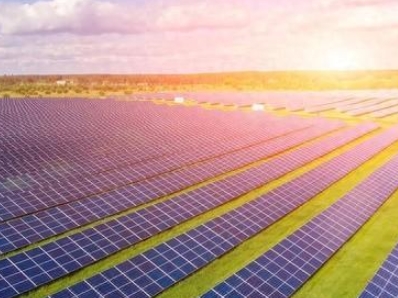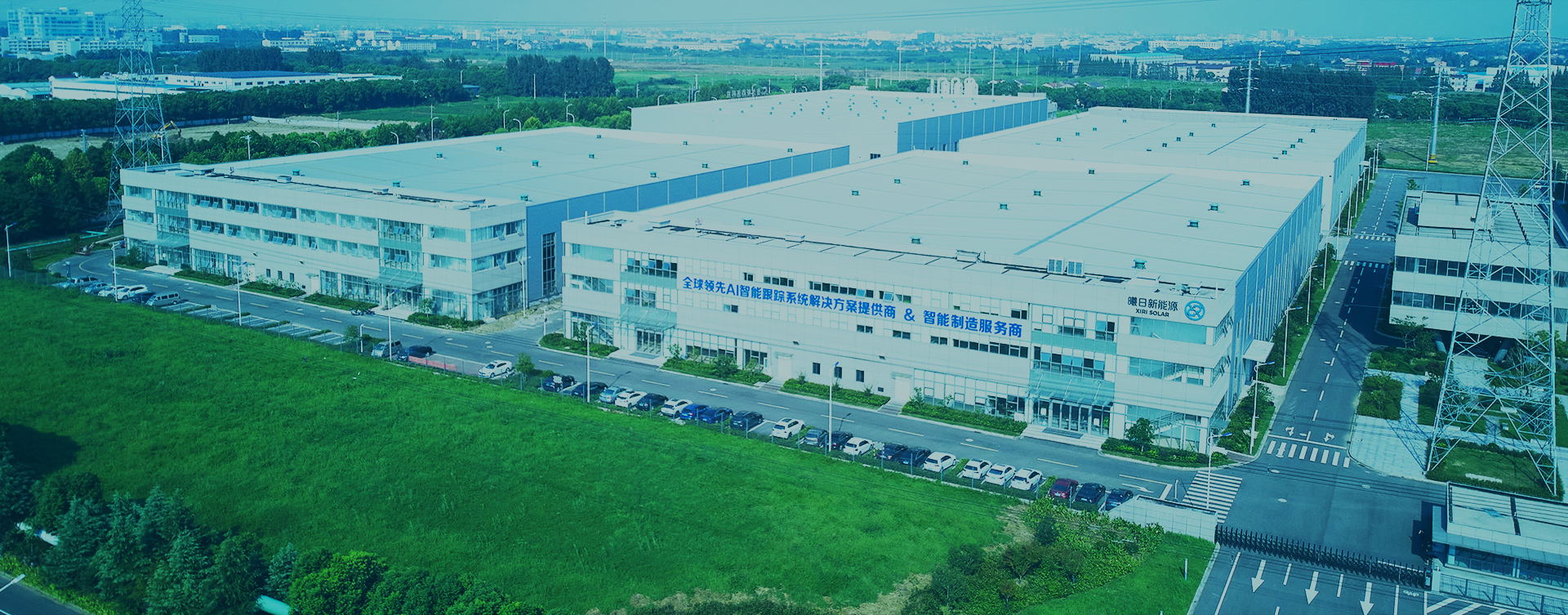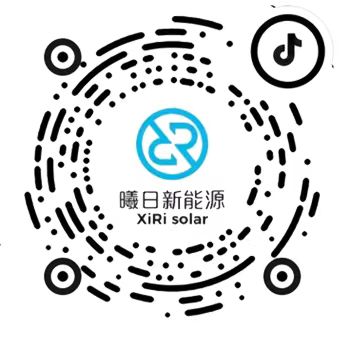Single and dual axis trackingPhotovoltaic bracketThe power generation efficiency of photovoltaic systems can be improved, and the specific gain depends on many factors, including geographical location, climate conditions, installation angle, and lighting conditions.
Generally speaking, single and dual axis tracking photovoltaic brackets can keep the photovoltaic modules facing the sun and receive solar energy to the maximum extent during daily operation. Compared to fixed brackets, single and dual axis tracking photovoltaic brackets can provide higher energy collection efficiency, thereby increasing power generation. According to different schemes and designs, single and dual axis tracking photovoltaic brackets can usually increase additional power generation by 10% to 45%.
The following are some key factors that affect the power generation efficiency of single and dual axis tracking photovoltaic brackets:
Sun trajectory: Single and dual axis tracking photovoltaic brackets can adjust the angle of photovoltaic modules to track the position of the sun. The intensity and incidence angle of solar radiation vary at different positions in the sky.
Installation angle: By adjusting the installation angle of the single and dual axis tracking photovoltaic bracket, the angle matching between the photovoltaic module and the sun can be optimized to the maximum extent, thereby improving energy utilization efficiency.
Geographical location: Different geographical locations and climatic conditions have an impact on the intensity and angle of solar radiation. In areas with higher latitudes or higher cloud cover, the benefits of single and biaxial tracking photovoltaic brackets may be more significant.
Tracking types: There are two main types of single and dual axis tracking photovoltaic brackets, namely single axis tracking and dual axis tracking. Dual axis tracking systems typically provide higher gain than single axis tracking systems.
It should be noted that the use of single and dual axis tracking photovoltaic brackets also brings some cost and maintenance considerations. Therefore, when deciding whether to adopt single and dual axis tracking photovoltaic brackets, factors such as investment return rate, maintenance cost, and design flexibility should be comprehensively considered.
The specific improvement of power generation efficiency depends on various factors. It is recommended to collaborate with professional engineers or consultants during photovoltaic project planning and design, and conduct detailed analysis and simulation based on actual conditions to determine the optimal single and dual axis tracking photovoltaic support scheme.
In addition to the factors mentioned earlier, the following are some additional factors that affect the power generation efficiency of single and dual axis tracking photovoltaic brackets:
Shadow occlusion: Single and dual axis tracking photovoltaic brackets can reduce or eliminate the occlusion of shadows on photovoltaic modules. Shadows can lead to a decrease in power generation, and single and dual axis tracking photovoltaic brackets can maximize the avoidance or reduction of shadow effects, improving the overall power generation efficiency of the system.
Temperature management: Single and dual axis tracking photovoltaic brackets can help adjust the angle of photovoltaic modules and reduce heat accumulation. When photovoltaic modules operate at lower temperatures, their efficiency is higher.
Seasonal changes: Single and dual axis tracking photovoltaic brackets can adapt to seasonal changes in solar trajectory. Especially in the spring and autumn seasons, when the sun's angle is low, single and dual axis tracking photovoltaic brackets can provide better efficiency.
Scalability: If there are plans to increase the number of photovoltaic modules in the future, single and dual axis tracking photovoltaic brackets may be more flexible and scalable to meet future expansion needs.
In summary, the improvement of power generation efficiency of single and dual axis tracking photovoltaic brackets depends on multiple factors, including solar trajectory, geographical location, installation angle, shadow shading, etc., but at the same time, it also requires weighing factors such as cost and reliability.



